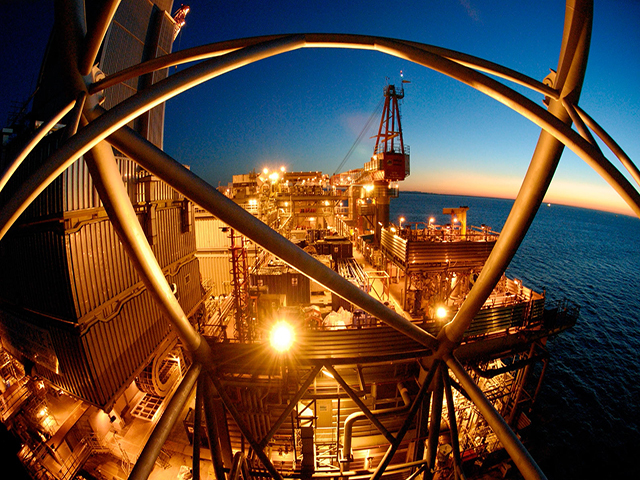
OAO Gazprom, Russia’s largest company, has the strength to weather the country’s economic crisis, according to its chief financial officer.
The state-run gas exporter cut its debt by 10% last year, has a cash pile of about $20billion and is benefiting from the ruble’s declines, Gazprom’s Andrey Kruglov said.
The company’s board will review its 840 billion ruble ($13billion) budget for this year later this month and Gazprom plans “additional stress tests” using oil at $40 and $50 a barrel, Kruglov said in an e-mailed response to questions. The company sees no need to ask for state aid, he said.
Russia economy has been whacked by the collapse in oil and the plunge in the ruble, yet export-focused companies like Gazprom are seeing profits supported because they earn revenue in dollars while paying most costs in local currency. That’s helping to offset oil’s drop, which feeds through to Gazprom because most gas contracts are linked to the price of crude.
“Unlike some other market players, Gazprom faced the start of crisis in excellent financial shape,” Kruglov said. “In an era of high oil prices, we did not purchase large assets. We’ve never built our long-term forecasts using oil prices higher than $90 per barrel.”
Gazprom doesn’t always have a great track record in forecasting. Chief Executive Officer Alexey Miller said in 2008 that oil might reach $250 a barrel. Six months later it crashed to less than $40. He also said then Gazprom’s market value might reach $1trillion as early as 2015. Today it’s about $54billion.
Financing Ability
Gazprom revenue is projected to decline 14% this year in ruble terms, according to the average of 15 analyst estimates compiled by Bloomberg.
Kruglov declined to comment on the earnings outlook.
Given the national currency depreciation, the company’s “ability to finance the mostly ruble investment plan is almost immutable” in the medium term, he said.
Gazprom plans to remain one of the world’s five largest oil and gas companies in terms of earnings before interest, taxes, depreciation and amortization, or Ebitda, Kruglov said. On that measure, the company ranked third in the first nine months of last year, behind PetroChina Co. and Exxon Mobil Corp., according to Gazprom.
Total debt remains less than Ebitda and Gazprom has about $7 billion in short-term debt, which it can meet from its own resources, Kruglov said.
Tools Available
Gazprom isn’t subject to financial sanctions and can borrow abroad, as it did in December and January, signing two loan agreements worth 740 million euros ($837 million) with Italy’s biggest banks, the executive said, adding that it’s discussing further fundraising deals.
“All the tools of the financial market are still open for us,” he said.
Kruglov responded to questions after Gazprom’s executives met investors in Hong Kong and Singapore last week.
More than 230 portfolio managers and analysts attended, including from Bank of America Corp. and Goldman Sachs Group Inc., Kruglov said.
While Asia is crucial, Gazprom hasn’t stopped working with investors from the U.S. and the European Union, he said.
Gazprom believes it was “symbolic” to hold its first annual investor day in Asia this year after the company signed a $400-billion gas supply contract with China, Kruglov said.
“Nevertheless, the European market will clearly remain the main export market both in terms of supply and revenue in the coming years,” Kruglov said. The “lion’s share of investors” in global depositary receipts are still from Western Europe and U.S., according to the executive.
The total share of GDR holders, which are mostly foreign investors, increased in the past year, Kruglov said. “That indicates that common sense and economic logic prevail over political motivation.”
Recommended for you
